The Museum of Cham Sculpture in Da Nang
With their roots dating back as far as 192 AD, Vietnam's indigenous Cham people lived an Indian way of life in both culture and language. The Cham Museum in Danang is dedicated to this period and the Champa existence which began predominantly in the coastal areas of Vietnam. Housing the largest exhibition of Cham sculpture in the world, the museum displays almost 300 terracotta and stone works of art ranging from the 7th to the 15th centuries.
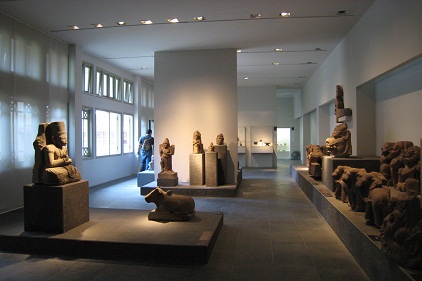
Many of the exhibits are considered masterpieces of their field showcased according to the region in which they were found with a total of ten separate interior exhibition rooms. All of the sculptures on display fall into one of the following sections – icon, pedestal, pediment, or fragment, with the area in which they were found determining where they are exhibited.
When you've finished browsing the internal creations, step outside to appreciate the building itself carefully crafted with objects of worship including idols and holy animals surrounded by flowers, leaves and turrets all symbols of Hinduism.
The Kingdom of Champa governed Southern Vietnam from 192 A.D to 1697 and left behind a legacy of unique Cham motifs and Hindu-flavoured architecture defining this period. Examples of this style can be seen in the temples and towers decorating the coastal and mountain areas of Quang Nam, Binh Dinh, Binh Thuan, Khanh Hoa and Danang which is where the museum is also situated.
The museum itself is also a fine example of Cham architecture with flowing simple lines, designed by the French architects Delaval and Auclair. Most of the artwork in the museum from this period takes the form of sculpture with a decidedly feminine feel and was gathered from Quang Binh up to Binh Dinh prior to the Cham Museum opening at the end of the 19th century.

In addition to the abundance of Hindu-influenced pieces there are also some that have evidently drawn inspiration from Buddhism including altars and deities. This range in religion reflects the eight centuries of Champa life from its start through to its height and then decline, with some of the more decadent pieces coming from the Champa golden age.
It is the only museum of its kind in the world dedicated to the Champa era and was founded during the colonial French rule in 1915. Other sites rich in Cham history include Tra Kieu, Dong Duong, Thap Man and My Son which were all famous Champa areas and are well worth a visit as part of a wider study into this fascinating period. There is an onsite shop selling imitation pieces and there are also English-language guidebooks for sale.
The Museum of Cham Sculpture
Opening Hours: Daily from 07:00-17:00
Location: At the intersection of Bach Dang and Trung Nu Vuong in Danang by the Han River
See more
-
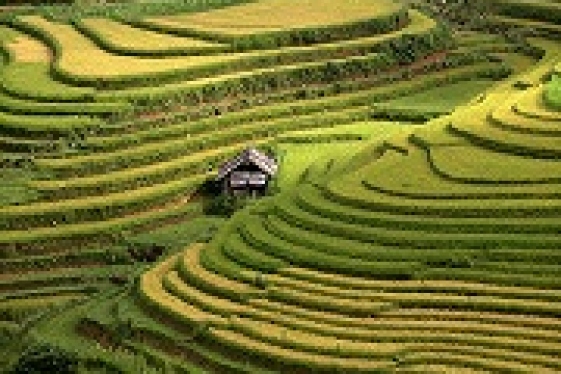
Ta Phin Village
Ta Phin village is famous as an attractive ecotourism of Lao Cai province and shoul not be missed when traveling to Sapa . Ta Phin village is home to...
-
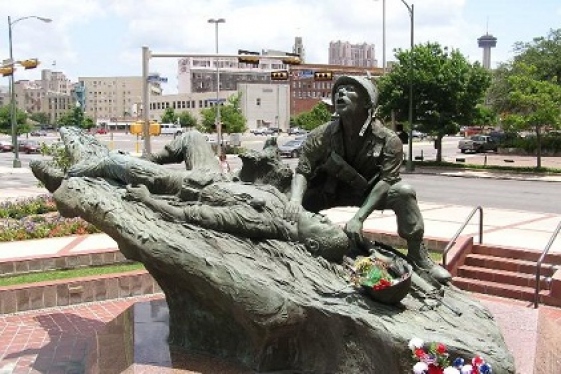
Vietnam War Memorial
Across from the Ba Dinh Square from Ho Chi Minh Mausoleum Building and in between Ho Chi Minh complex and Thang Long ancient city is Vietnam War Memorial.
-
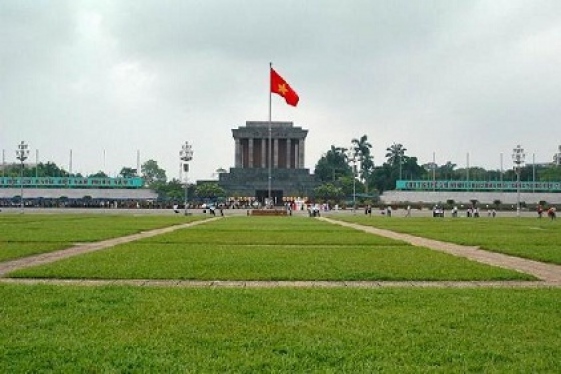
Ba Dinh Square
The square adjacent to the Ho Chi Minh complex is called Ba Dinh square, where many important national historical events in modern history took place.
-
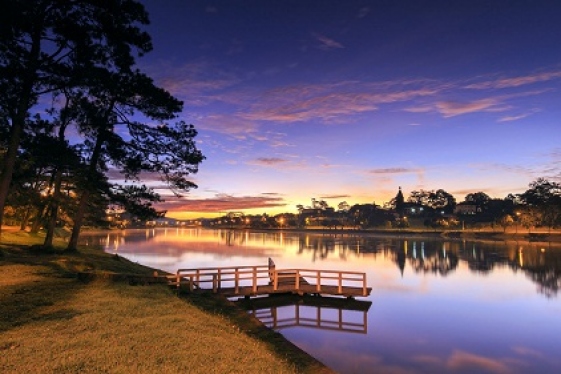
The beautiful Xuan Huong Lake
Xuan Huong Lake is a beautiful lake that located in the center of Dalat . Around the lake, there is a pine forest, lawn and flower garden. So, Xuan Huong lake is a favorite...
-
.jpg)
Vietnam History Museum
The oldest of its kind in Vietnam, Vietnam History Museum was renovated from the French Ecole Française d’Extreme Orient.
-
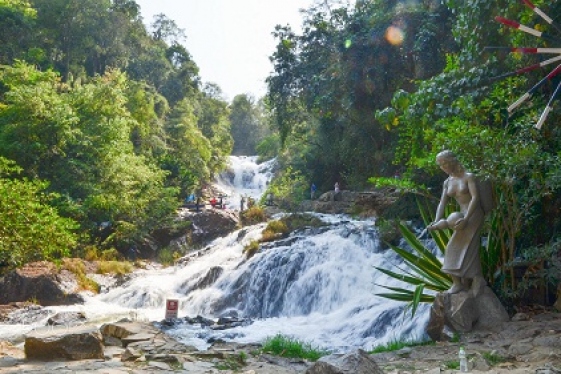
Datanla Waterfall
Datanla waterfall is a well-known for an adventure destination with the largest waterfall in Dalat . Tourists enjoy not only the spectacular landscapes here but also many...
-
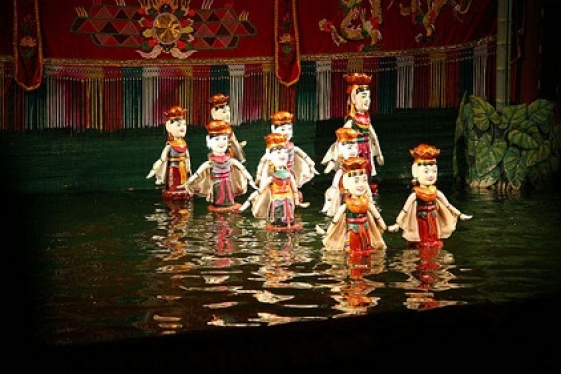
Water Puppet Shows in Ho Chi Minh
Traditional Vietnamese Water Puppet Shows remain one of the cultural draws for most travellers to Ho Chi Minh City.
-

Ba Be Lake
Ba Be lake is one of the most 16 th beautiful lake and one of the most one hundered largest freshwater lake in the world. Ba Be lake is a destination that you should not...
-

Cai Rang Floating Market
Cai Rang floating market is one of three largest floating market in Can Tho . The unique feature of Cai Rang floating market is selling all kind of fruits that are...
-
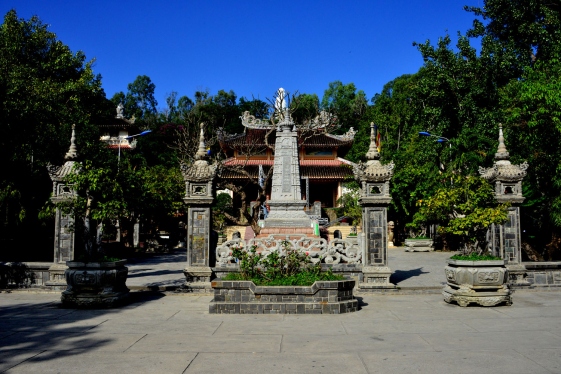
Long Son Pagoda
Long Son Pagoda, also well known as White Buddha Temple (Behind the pagoda is a huge white Buddha seated on a lotus blossom) is one of the most beautiful pagoda with an...
Destinations
Most popular tours
-

Ba Be Trekking
Price from: 350 US$
-
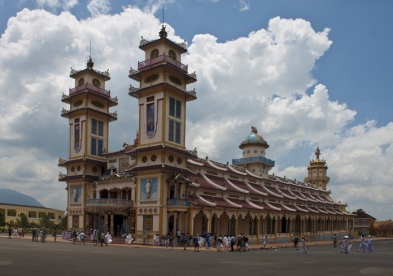
Cao Dai Temple and Cu Chi Tunnel
Price from: 25 US$
-
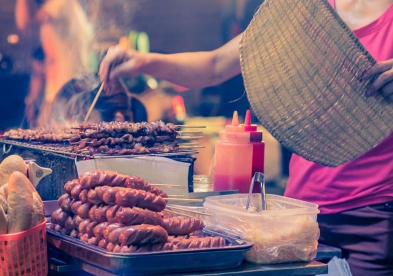
Hanoi Street Food Discovery
Price from: Contact
-
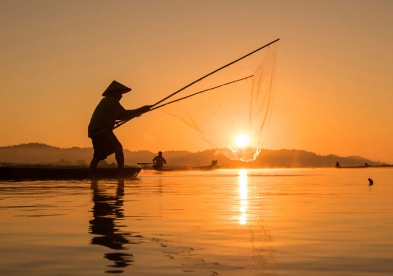
Charm of Vietnam
Price from: 900 US$
Business info
Vietnam Local Guide
- Address: 18th Floor, VTC Online Tower, 18 Tam Trinh Str.,Hai Ba Trung Dist., Hanoi, Vietnam
- Email: info@vietnamguider.com
- Phone: (+84) 0904989890
- Hotline: (+84) 0904989890